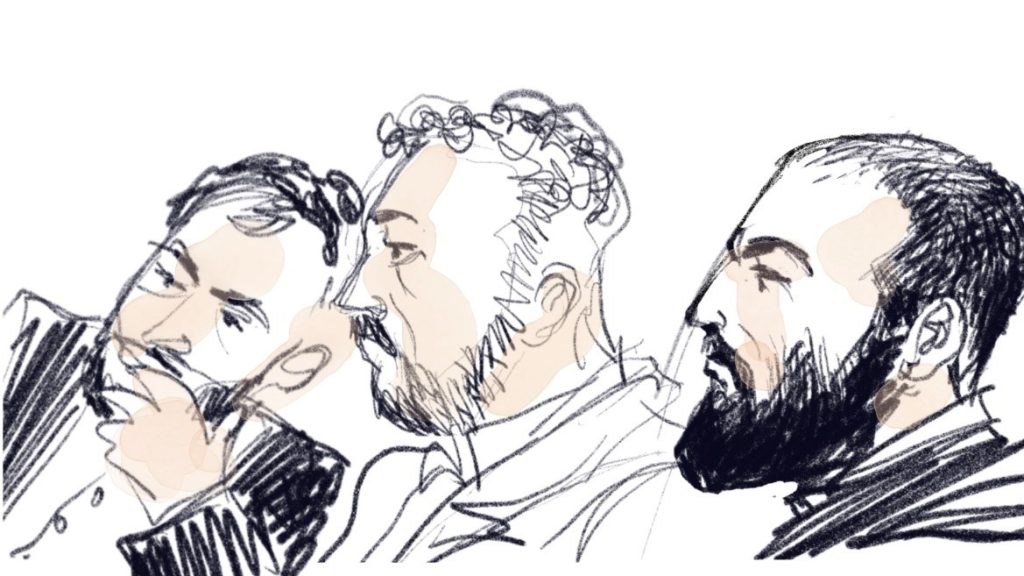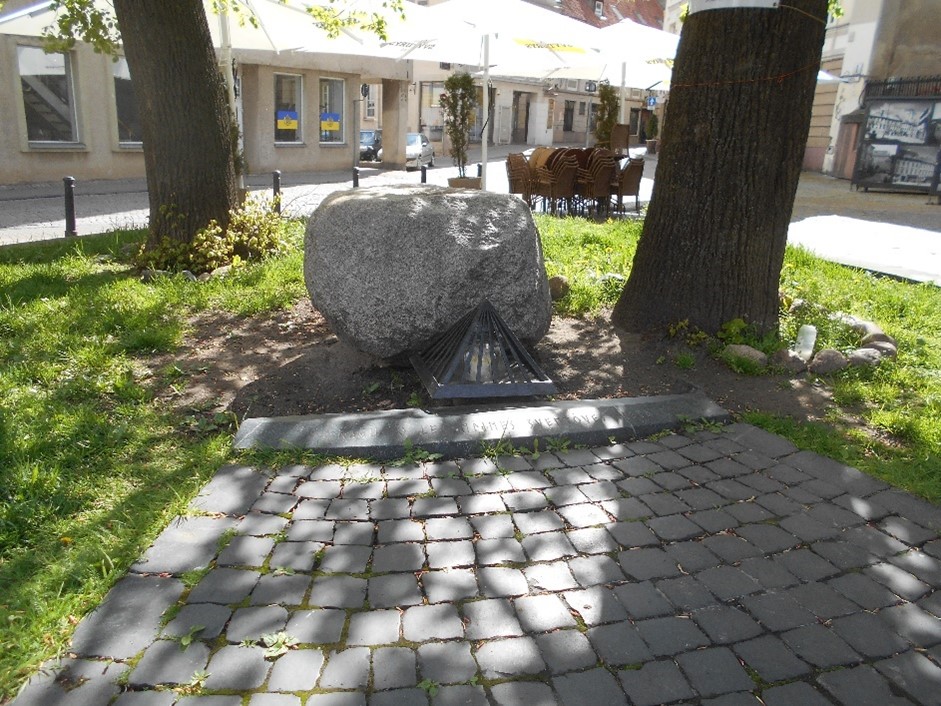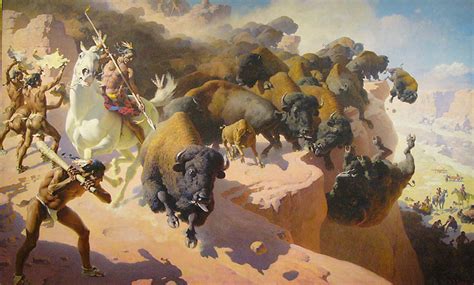…to a workshop of the Next Society Institute and some thoughts on new and old religions
The Next Society Institute
I was recently in Lithuania for a few days, in the capital Vilnius, for a meeting of the Next Society Institute at the Kazimieras Simonavičius University, which I have been a member of for half a year. This is a think tank of a small group of academics who are developing new concepts for different sectors of society (Fig. 1-4). We are planning a series of annual conferences with constructive models for the future.

Contrary to the current trend, which squeezes everything into the Procrustean bed of one true perspective and subordinates everything under one truth, we assume that there are many alternatives, many ways of expressing culture, being human, society, and thus also different futures, “futures” (plural), and not only the totalitarian one future, one truth, one health, one form of politics, one religion, one whatever. The conceptual basis is Niklas Luhmann’s theory of social systems [1].



